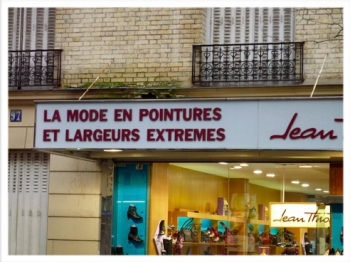To the outside world we had a beautiful life. There we were, living happily with our children in our lovely suburban home. We had interesting friends. What would possess us to leave it all and hit the road? But that’s what we did, launching ourselves into points unknown in the big red truck we bought to replace the suburban station wagon. It also replaced the 4 bedroom 2-1/2 bath home with a cab-over camper that provided just enough space for five people to sleep. Only one person, even if it was a child, was able to walk about at a time.
What we had in mind was simply to begin our personal odyssey with the ultimate destination unknown. Anyone can do it. Despite the prevailing opinion, it doesn’t take much, just the initial decision to find another way. That’s how the travel plan began. Leaving all the details open allowed us to experience adventures that we never could have conceived of. That’s how the travel plan unfolds if you make the space. Our previous lives were now lost and gone forever and we had embarked on a new one.
This one ultimately took us from suburban south shore of Long Island to the sparsely populated area of the Yucatan Peninsula of Mexico. Not one of us spoke Spanish, but we ended up living there for several months, most of it on an isolated beach, on what was later to develop as Playa del Carmen.






















